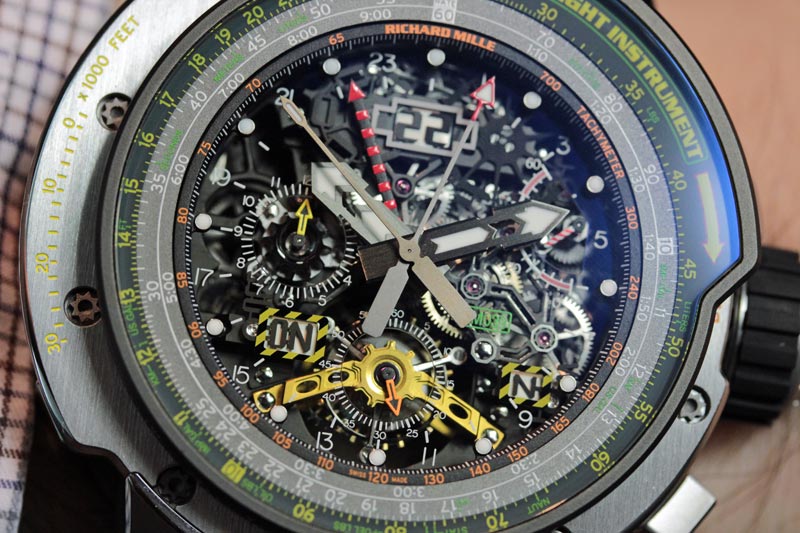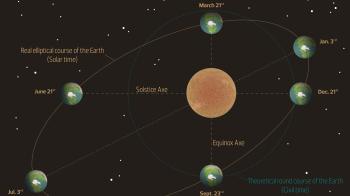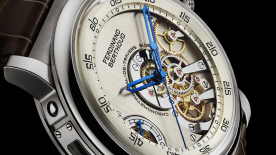They come with an instruction manual as thick as a telephone directory. Or, even worse, as slim as an August magazine issue. And yet sometimes even these instructions aren’t enough. Some watches these days have become so sophisticated that you need a two-day residential course to understand how to set them, or even to tell the time. With their multiple displays and ever more refined concepts, some of the most highly sophisticated watches succeed in producing only utter bafflement.
And it’s not necessarily the concept itself that is difficult to grasp. Quite often, the ideas are easily explained in simple, metaphorical, even poetical terms. But if you want to actually understand how the thing works, it’s a different matter. Let’s look at the Dressage L’Heure Masquée by Hermès. Under normal circumstances it displays the minute – just the minute. In a small window, there’s the legend “GMT”. So... does that mean that it’s the GMT minute? No. By pressing on a pusher, the watch now shows the hour, with a second time zone appearing in the window. But it’s not entirely logical, and the watch itself is very misleading. You have to constantly bear in mind this watch’s raison d’être, which is to illustrate an indirect relationship with time, and provide a meta-analysis of watchmaking. Do you think you can manage that, when you’re jolted awake at 2 in the morning? How about after a couple of glasses of wine?
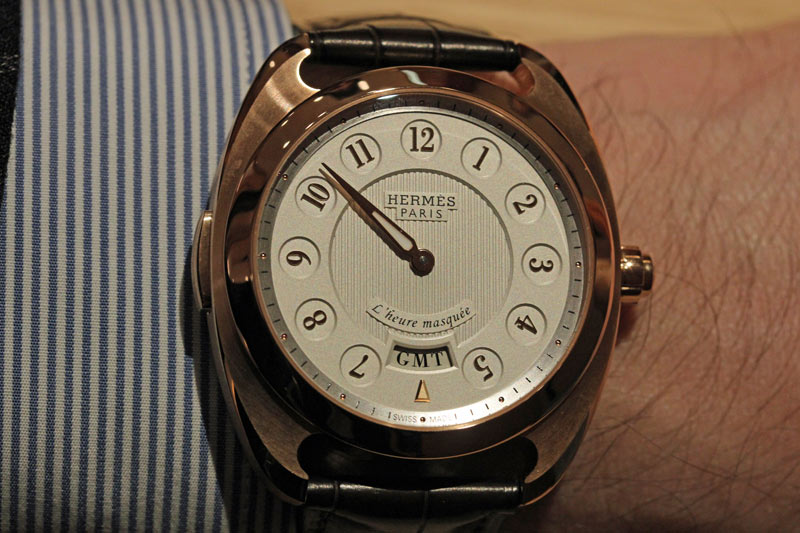
But the prize for complexity must go to astronomical watches. We’ve never seen so many, and they are all trying to go one better in terms of realism and accuracy. They aim to represent the moon, the stars, the planets and their orbits as precisely as possible. But all these differences between solar time, civil time, sidereal time and Martian time are only relevant to astronomers and astrophysicists. The time cycles that apply to celestial bodies, including our Earth, are all different, irregular and often subject to plenty of exceptions. So it’s only natural that anyone who doesn’t spend a great deal of time in an observatory should get a bit lost. And when there are several displays on the dial, it can become quite difficult to even tell what time it is. With 19 cycles, 16 of which are displayed on a 36 mm diameter dial, an extraordinary watch like Vacheron Constantin’s Celestia Astronomical Grand Complication 3600 provides an apt illustration of the aphorism that more is less... legible.
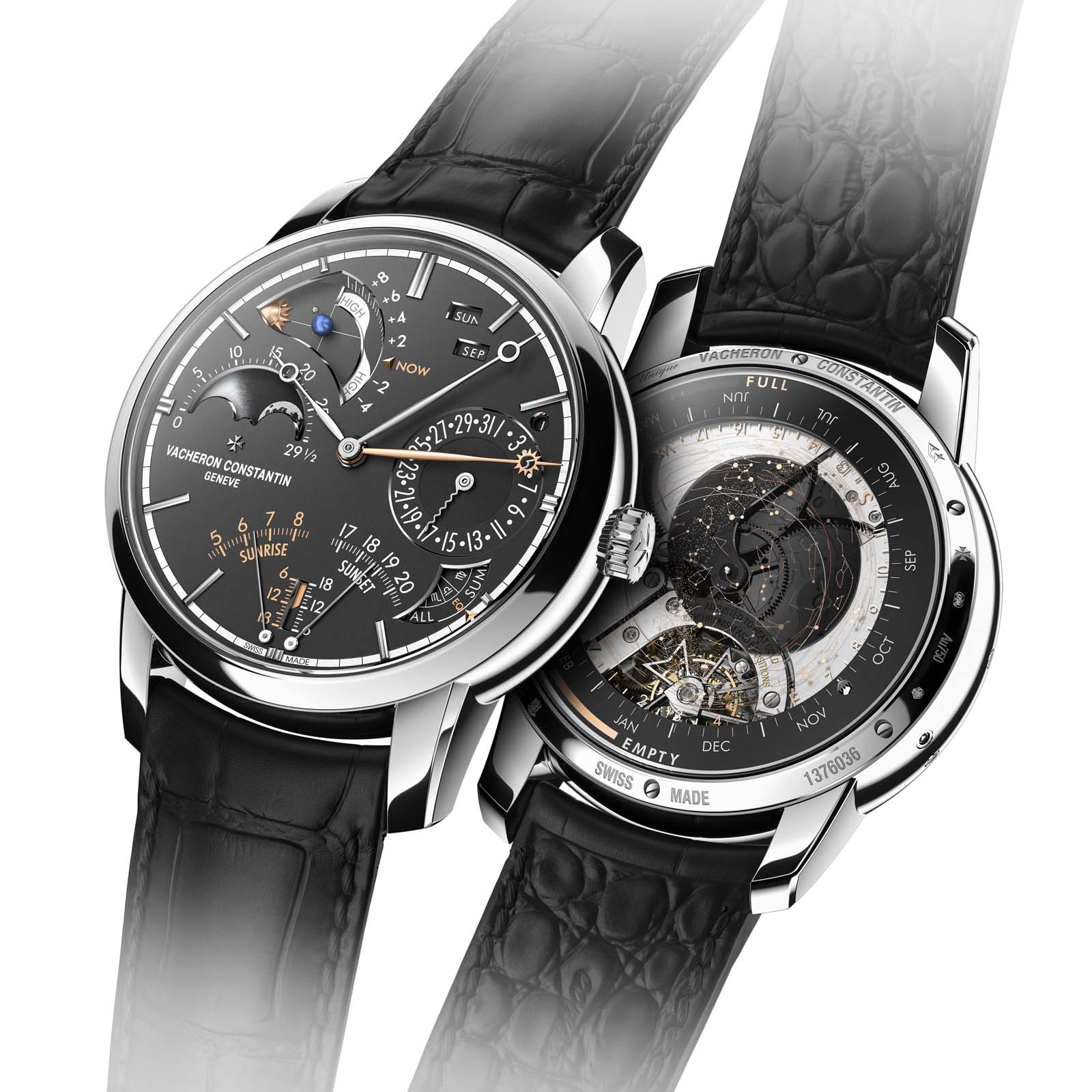
The final specialist area that you might like to get into, if you have an advanced degree or two under your belt, are pilots’ watches. Let’s not forget that pilots, whether military or civilian, are fundamentally engineers, and they need to have a good grasp of mathematical operations that don’t get much use in daily life. Calculating azimuths, descent rates according to air density and fuel consumption in relation to altitude are not everyone’s forte. The instruments you’ll find in an aircraft cockpit, like the E6B flight computer, are complex. So, when Richard Mille tried to cram a flyback chronograph with countdown timer, a second UTC time zone and a professional slide rule onto the dial of his RM039, he succeeded in creating one of the most advanced, and also one of the most unreadable watches ever made. This extraordinary object has 10 different scales between the chapter ring and bezel, as well as eight hands and three discs, superimposed over a plunging view into its radically skeletonised interior. It’s enough to give anyone a headache.
